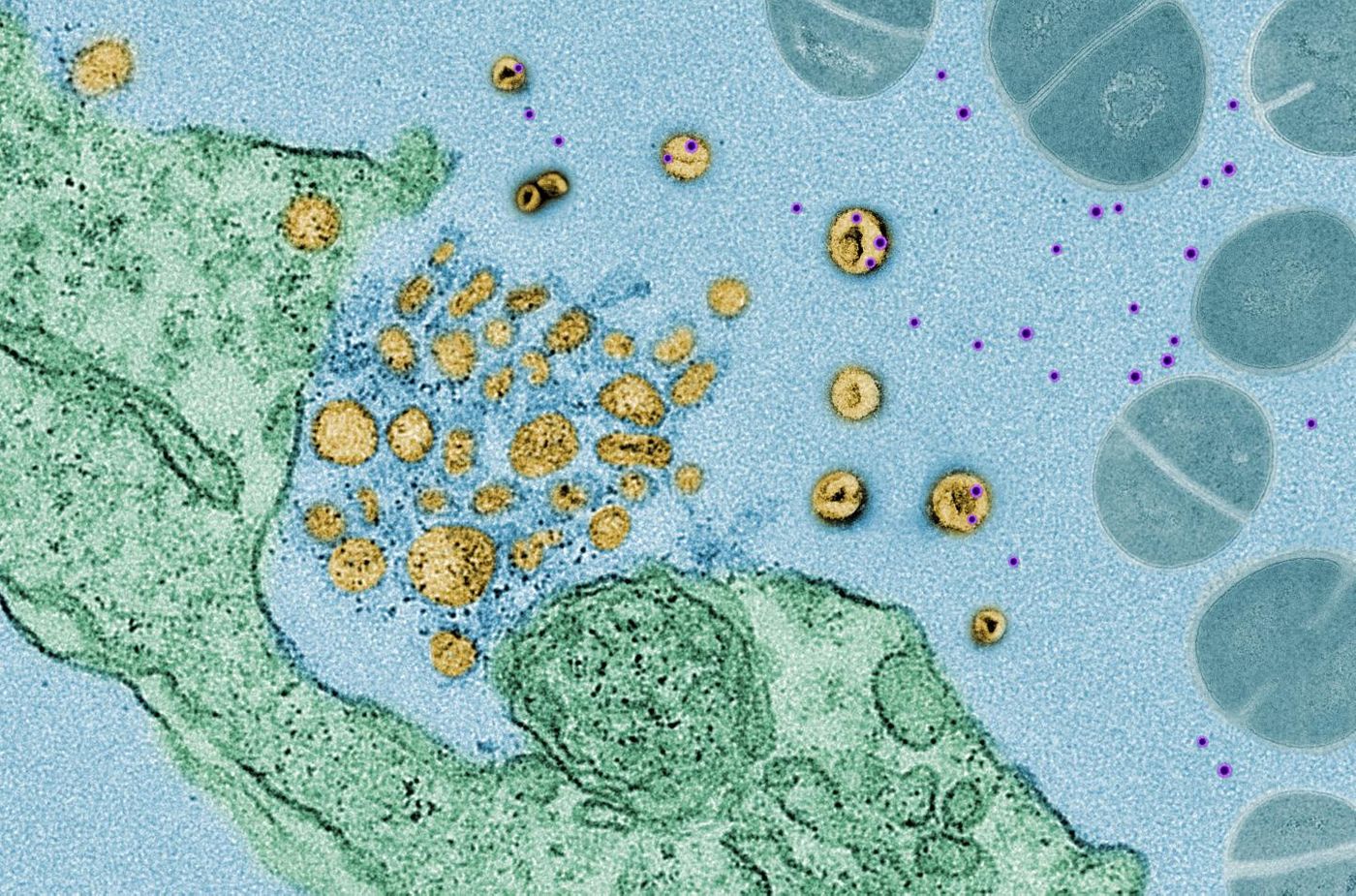How a Decoy Strategy Helps Cells Evade the Effects of Pathogens
Scientists have identified a 'decoy' strategy used by cells to shield them from the toxins that can be released by dangerous bacterial pathogens including methicillin-resistant Staphylococcus aureus (MRSA), and the microbe that causes diphtheria, Corynebacterium diphtheriae. The researchers have determined that small packages or vesicles that cells release called exosomes can bind to these bacterial toxins, helping to neutralize their effects and protect cells from the membrane damage they would normally cause. This work, reported in Nature, may help explain why so many people can carry MRSA microbes on their skin but not get infections.
The work showed that cells exposed to bacteria would die, but if exosomes that can absorb the bacterial toxins were also present, the cells would survive. If the production of exosomes was blocked, cells would not be able to survive.
"Exosomes act much like a sponge, preventing the toxins for a time from attacking the cell, while toxins that are not corralled are left to burrow through cell membranes," said the co-senior study investigator Ken Cadwell, Ph.D. Many pathogenic microbes target the outer membrane of cells.
"This defense mechanism also buys some time for other widely recognized immune defenses, such as bacteria-attacking T cells, or antibodies, to kick in and fight the infection directly," added Cadwell, who is an associate professor at NYU Langone Health and its Skirball Institute for Biomolecular Medicine. Cadwell's team wants to know if there are generic exosomes that can have a defensive effect against infections.
Co-senior study investigator Victor J. Torres, Ph.D., the C.V. Starr Associate Professor of Microbiology at NYU Langone, suggests that this research has helped us learn more about how people fight infections as well as providing new ideas about bolstering the immune system. It may be possible, for example, to inject vesicles into the body that have been engineered to absorb bacterial toxins or promote the natural defenses of the body.
These findings have built on previous work by the team on bacterial infections. They found that cells survived an infection longer when an autophagy-related protein called ATG16L1 was present. Autophagy is an important recycling and waste disposal system in cells. The action of exosomes appears to 'mirror' the waste pathway used by ATG16L1 in cells.
In 2016, the Nobel prize in Physiology or Medicine was awarded to Yoshinori Ohsumi for research on the mechanisms underlying autophagy. Learn more from the video.
Sources: AAAS/Eurekalert! via NYU Langone Health / NYU School of Medicine, Nature









